It's been a long-held notion that the works of H.P. Lovecraft, those that are often existential, philosophical horrors, are at their core unfilmable and as a result considered equal amounts unadaptable. However, anyone that has followed the filmmaking career of Guillermo Del Toro will likely tell you that if anyone can do a half-decent job of filming the unfilmable, it's the man behind Pan's Labyrinth himself.
Problem is, Del Toro is just as well known for his strikingly practical visual style as he is for his habit of getting attached and subsequently leaving most projects he becomes involved with. At The Mountains Of Madness is likely the most famous example of this, an adaptation of the H.P. Lovecraft novella that will, unfortunately, continue to be considered unfilmable. Here are a few details about the history of the project that you might not have known.
10 Lovecraft Has Never Been Directly Adapted
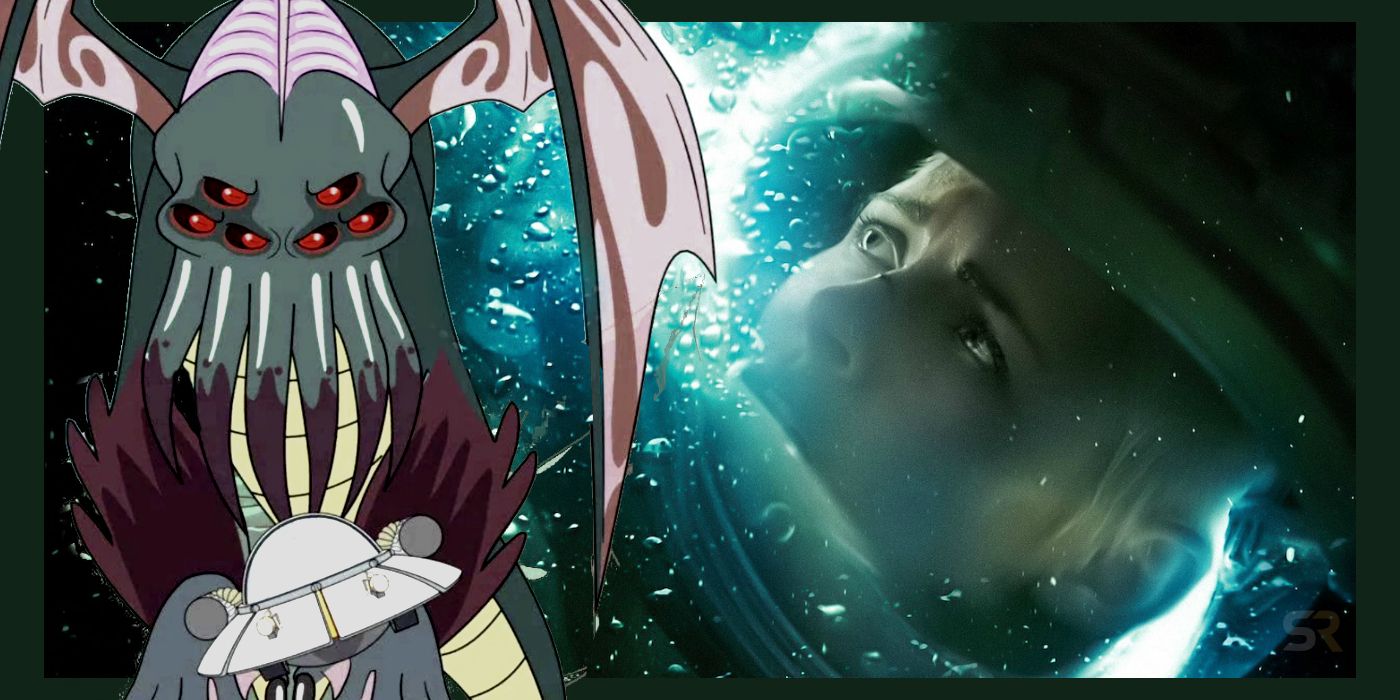
As any Lovecraftian die-hards will no doubt already know, the many works of H.P. Lovecraft have seen adaptation to film in the way of "homage" more times than anyone can reliably count, but something that has never happened is a direct adaptation of his works. At The Mountains Of Madness itself is a Lovecraft novella, revolving around an Antarctic expedition that uncovers a hidden city inhabited by monsters.
The novella (like most of Lovecraft's works) is within the public domain, meaning that anyone can adapt it without legal issues. Sounds ripe for adaptation, right? Unfortunately, it being in the public domain means that there are no solid figures for how popular the property is, making studios reluctant to invest in anything Lovecraft, let alone the project that Guillermo Del Toro had in mind.
9 The Script Was Ready In 2006
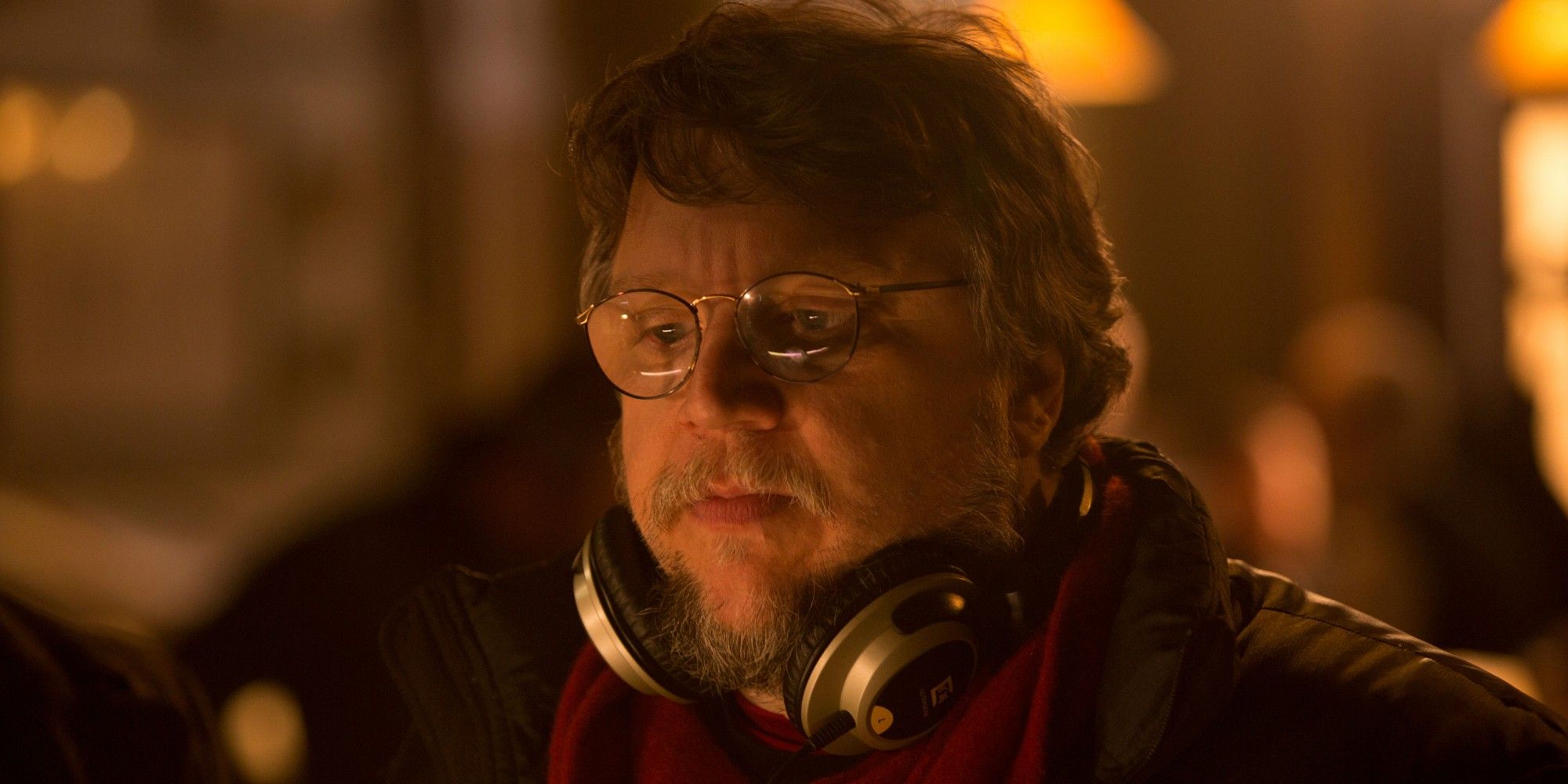
Way back in 2006, a script for the film was penned by Del Toro and Matthew Robbins, the two since going on to collaborate on the scripts for Crimson Peak and Del Toro's upcoming Netflix adaptation of Pinocchio. The two are quite a pairing and took the screenplay to Warner Bros on speculation.
Since you're here, reading this article, you already know that that didn't exactly end well. Warner Bros. turned the project down multiple times, not understanding (it was 2006, remember) why anyone would want to make an R-rated horror, with no romantic subplot, a massive budget, and no happy ending.
8 Art, Storyboards, And Models
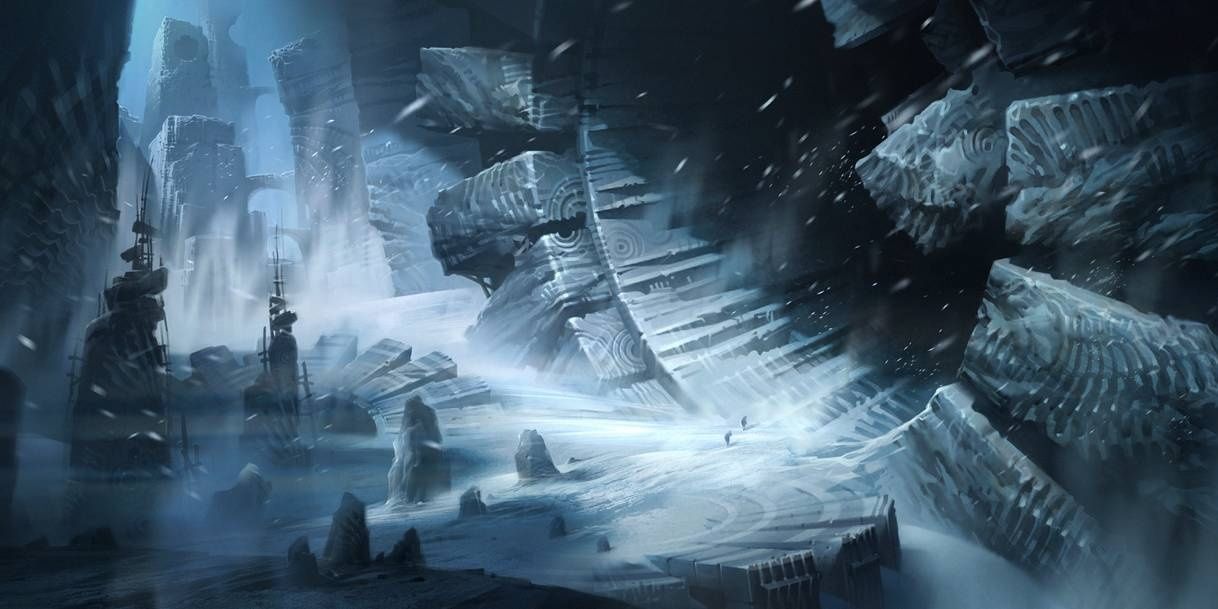
Del Toro and Robbins didn't just go to producers armed with a script and a passionate pitch, oh no, in fact Del Toro himself revealed, in a 2010 interview, that they had an entire presentation for potential producers. This included, in Del Toro's words, "over 300 pieces of art... storyboards... models... a whole presentation."
As anyone that has seen some of the concept art that is created by various artists for Del Toro's various project can attest, this was all likely very impressive, and inticing speculative material. Maybe one day we'll all get to see it, Del Toro going on to say that one day he may release it, and that, "You will cry, you will go, 'Why?'" Yeah, apparently they were that good.
7 Tom Cruise Was Attached
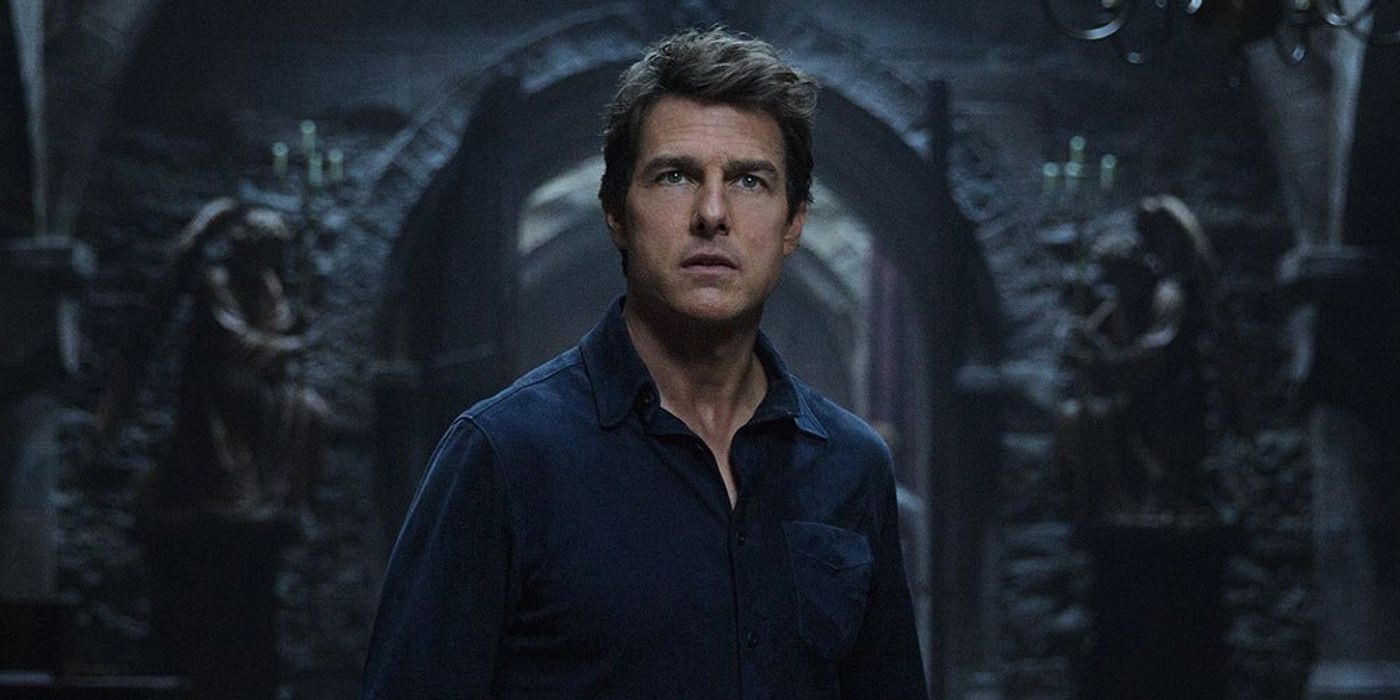
For years At The Mountains Of Madness sat in cinematic purgatory with no real progress as to its production, until eventually ending up at Universal Studios, with production set for 2011. Tom Cruise was attached to play protagonist Dyer, a great get considering Cruise's ability to play characters that are understatedly insane, and often quite outright insane.
Del Toro was, of course still set to direct, and, fresh off the back of Avatar, James Cameron was on board to produce. Unfortunately, Universal pulled the plug at the last possible minute due to the estimated $150 million price tag, and Del Toro's refusal to drop the film to a PG-13 rating.
6 A 3D Lovecraftian Horror
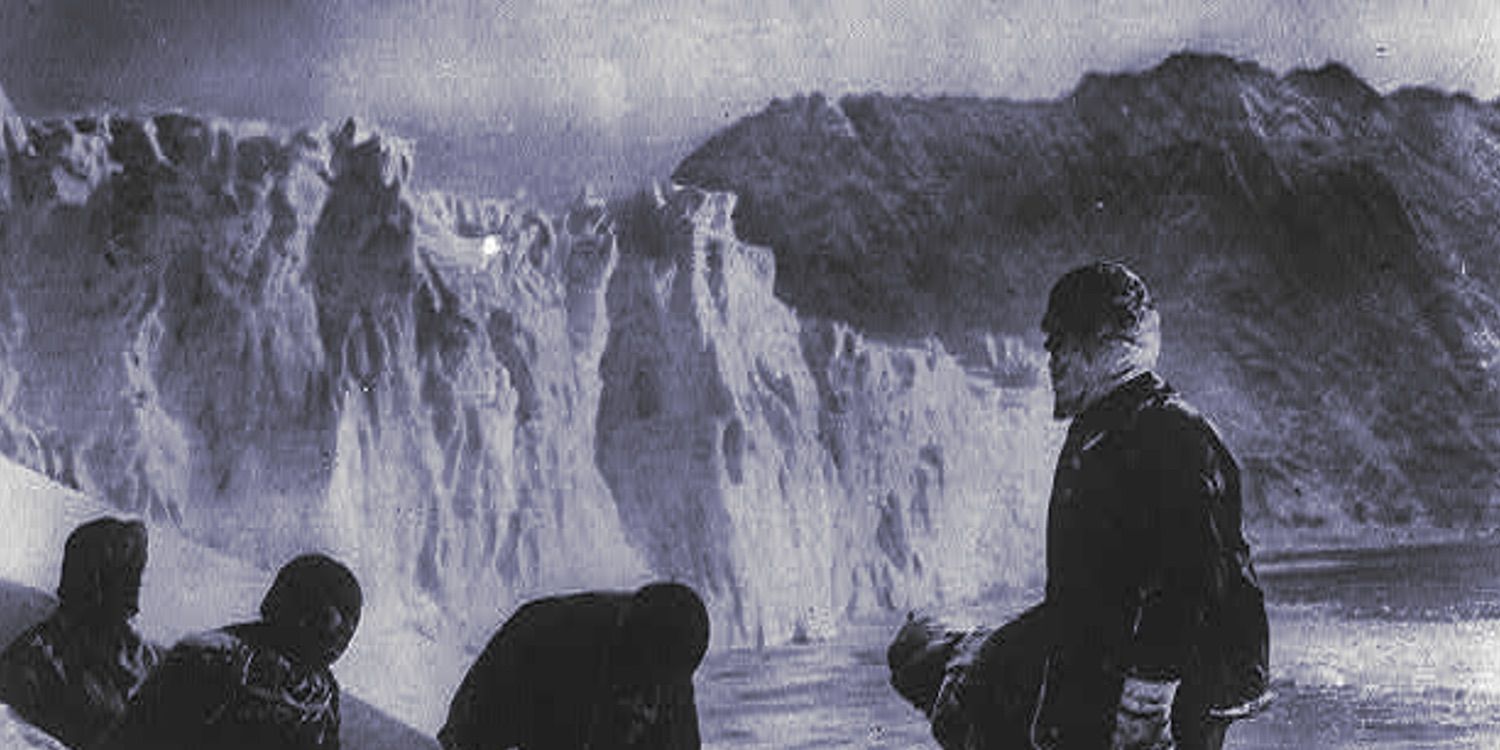
The thought of this adaptation of such a beloved classic horror novella ending up in theatres but requiring the presence of thick plastic goggles to be enjoyed, almost makes its repeated cancellation worth it... almost.
Likely due to the involvement of James Cameron, and his apparent obsession with forcing 3D onto audiences, the film was intended to be the first R-Rated horror shot in 3D. Whether this sounds like a good idea or not, we'll leave for you to decide.
5 Replaced By Pacific Rim
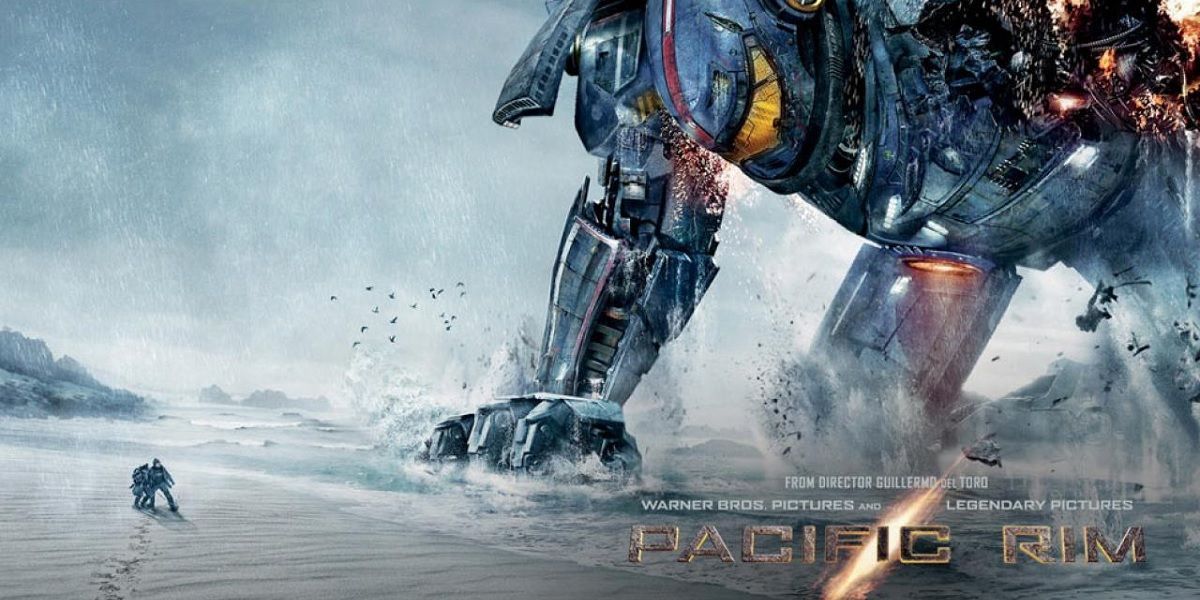
Guillermo Del Toro's bombastic summer blockbuster, Pacific Rim, is likely remembered as one of his more action-orientated affairs, after all, it is a movie about giant robots punching giant aliens, sometimes with boats. However, its release schedule was originally intended for At The Mountains Of Madness.
Having already pointed out that Universal got cold feet over Madness at the last minute, you likely don't need reminding. An interesting detail, though, is that the decision to halt the project left it at a standstill for so long that Del Toro got outright bored and moved on to his next project, Pacific Rim.
4 Ousted By Prometheus
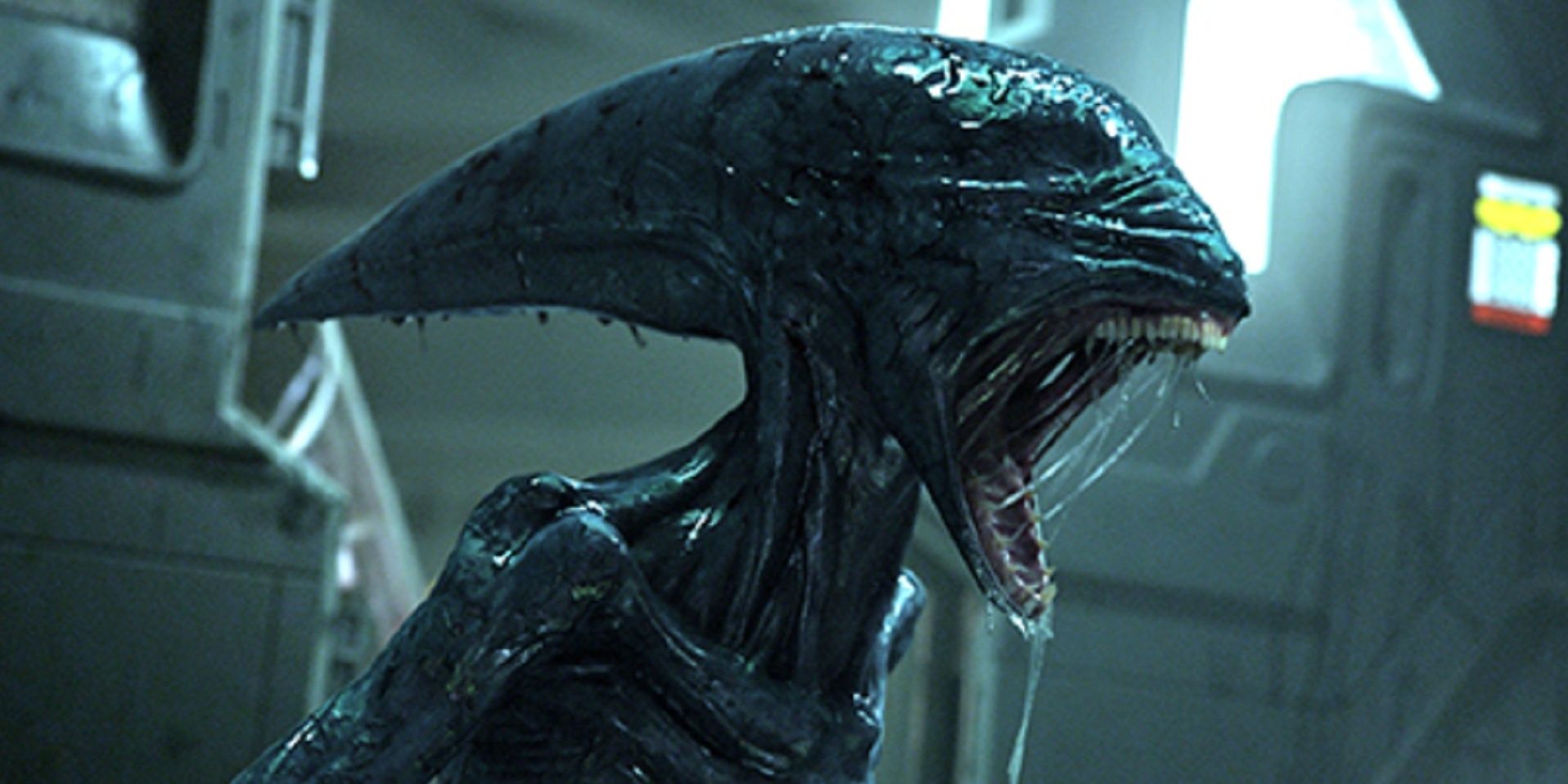
If it wasn't bad enough that Del Tor himself let the project die in favor of Pacific Rim, it'll really rub salt in the wounds when you find out that later Del Toro let slip that he was putting off seeing Prometheus due to similarities with his lost passion project.
Apparently, one of the previously untold factors in Universal pulling the plug, and Del Toro moving on, was the similarities At The Mountains Of Madness bore with the Alien prequel. The two would have been released at roughly the same time, and the competition would likely have hindered both high-budget R-rated horror films already worried about box office numbers.
3 Moving To Legendary

New hope for the project was found when Del Toro moved the production of a few of his then-upcoming projects away from Universal and over to Legendary Pictures. The move saw the previously mentioned Pacific Rim get greenlit and eventually see release in 2013.
At first glance, this move seemed like bad news for Madness, leaving the project behind, without a green light, at a competitive studio. The bright side was that the process of creating a tent-pole PG-13 action film softened Del Toro to the idea of bringing Madness down to the PG-13 rating, potentially a new spark of hope.
2 A Netflix Re-Birth

Every entry in this list makes it look like At The Mountains Of Madness is as dead and buried as H.P. Lovecraft himself, however, what if we told you there's still a glimmer of hope and it comes in the form of Del Toro's upcoming Netflix production, Pinocchio.
Like Madness, Pinocchio was also considered to be a Del Toro project lost to time and a lack of studio belief in the project, but now it's very much alive at Netflix. A stop motion adaptation, production likely happened due to Del Toro's recent awards win with The Shape Of Water. Who knows, if Pinocchio performs well, a revised version of At The Mountains Of Madness could be his next Netflix project.
1 The Script Is Available

If this article has gotten you down, and you're disappointed that the boat has sailed for At The Mountains Of Madness, then you'll likely need a little consoling in the way of a consolation prize. The script was leaked, at some point, likely no one but the perpetrator knows exactly when or why.
Maybe it was Del Toro himself, maybe it was Mathew Robbins or a studio exec trying to feel out a potential audience for the film. Either way, you can make up your own mind on just how good or bad the film might have turned out, right here.
from ScreenRant - Feed https://ift.tt/3a4uwRX

0 comments:
Post a Comment